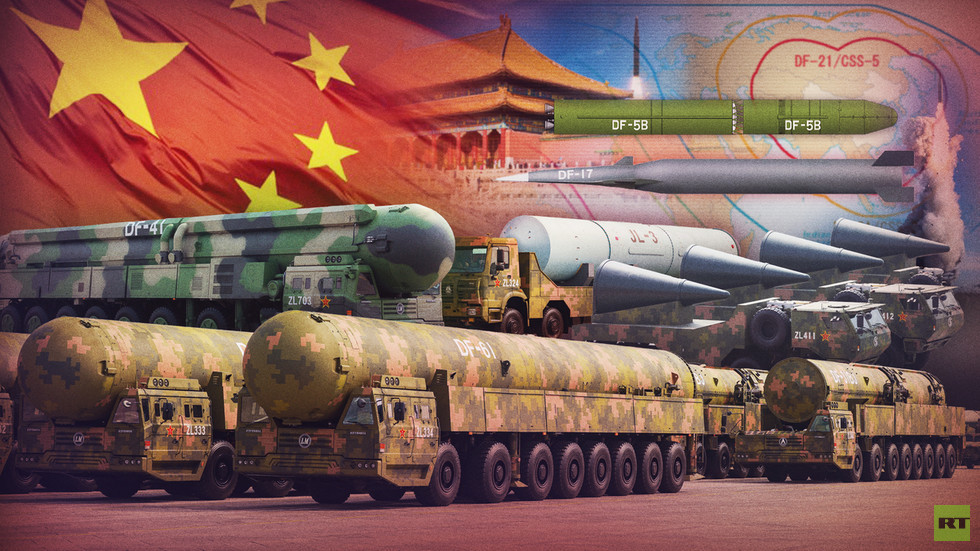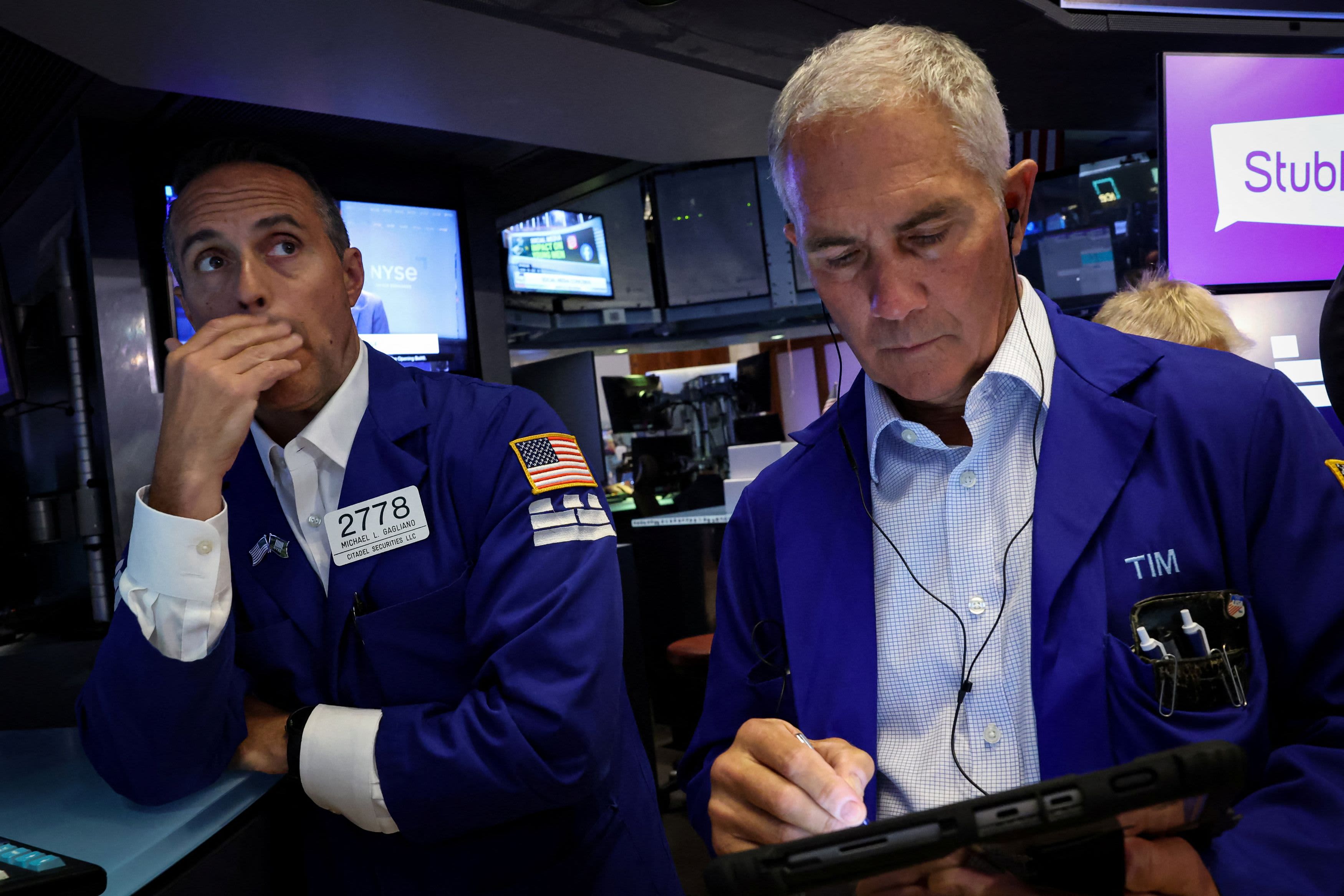Copyright newrepublic

While American cultural touchstones may be more heterogeneous than in other countries, references to anime and manga in national protests could soon become more mainstream. Once considered a niche interest, anime is becoming increasingly popular in the United States, particularly among young Americans. A survey of nearly 5,000 adults released by Polygon last year found that 42 percent of respondents who identified as Gen Z said they watched anime weekly. The growing popularity of this form is exemplified by anime’s recent dominance at the American box office. In September, Demon Slayer: Kimetsu No Yaiba—The Movie: Infinity Castle smashed expectations by earning $70 million in its first weekend in U.S. theaters. It is the highest-grossing anime film ever released in the U.S. But the success of Infinity Castle—the first in a planned trilogy—doesn’t seem to be a fluke. This past weekend, Chainsaw Man—The Movie: Reze Arc was the highest-grossing film in the domestic box office, easily beating out a Bruce Springsteen biopic and a new movie based on a novel by popular author Colleen Hoover. One Piece may have particular cachet because it has been embedded in the cultural consciousness for as long—or longer—than many Gen Zers have been alive. The One Piece manga has been in circulation since 1997. The anime based on the manga, which began airing in 1999, has more than 1,100 episodes. A 2023 live-action adaptation on Netflix was popular with audiences and critics, and reaffirmed the franchise’s popularity; it is the bestselling manga of all time.



